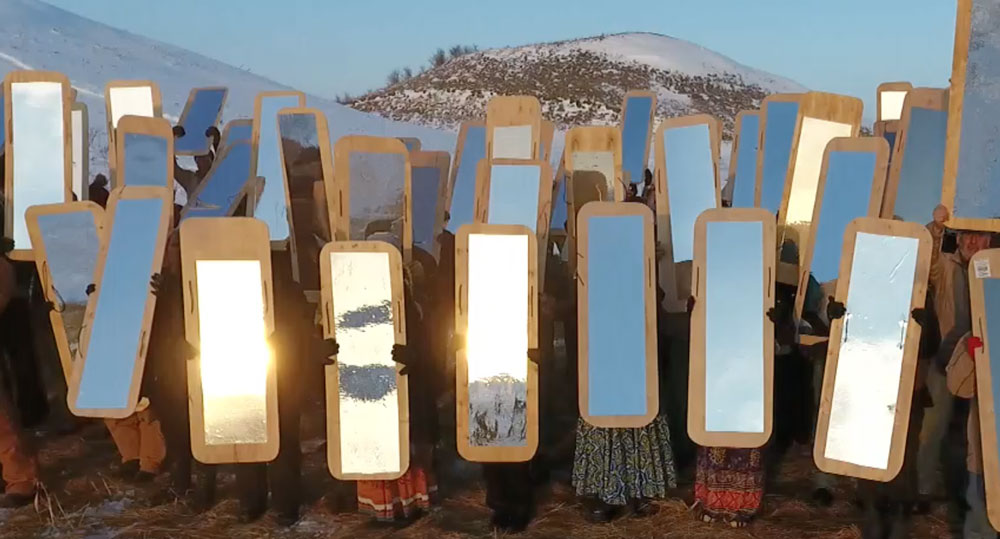“Every moment of major social change requires a collective leap of imagination. Political transformation must be accompanied not just by spontaneous and organized expressions of unrest and risk, but by an explosion of mass creativity.”
Imagination — the ability to envision what is not before us, to look beyond the surfaces of things — is an essential piece of any effort toward political and social change. The capacity to imagine how things could be different allows us to question the way they are. The ability to imagine how other people feel makes empathy possible, allowing for caring and solidarity. The capacity to envision a better world gives us the hope we need to keep struggling in this one. And social change is an inherently creative act. In seeking to change society, we must craft not only new policies and laws, but also new ways of being with one another. Through sampling, remixing, and invention, we must produce new symbols, mold new identities, and piece together new kinds of communities.
Imagination and creativity are at the heart of artistic practice, and artists have often put these capacities to work in pursuit of political and social change. When we look at the major progressive social movements of the last century — the settlement houses, the African American civil rights movement, the anti-Apartheid struggle, the Arab Spring — we see groundswells of music, dance, visual art, poetry, storytelling, digital media, theater, film, and creative protest. Artists, whether in collaboration with other political actors or simply inspired by the changing times, use their art to recruit people into the movement, to reframe how we understand ourselves and the world, and to help us envision new possibilities. In doing so, these artists practice a form of cultural work that scholars and activists increasingly see as important to the success of social movements.
The term cultural organizing appears occasionally in writing about activism and social movements in the twentieth century. It has been used, for example, in reference to the cultural strategies of Popular Front organizers during the 1920s and 1930s, and to the work of Zilphia Horton and others at the Highlander Center in Appalachia. In his book, The Culture War in the Civil Rights Movement, historian Joe Street uses the term to describe the important roles that artists played in the civil rights and Black liberation struggles of the 1950s and 1960s. Street defines the term broadly as indicating “when activists made an explicit attempt to use cultural forms or expressions as an integral, perhaps even dominant, part of the political struggle and when, during this process, attention was drawn to the intrinsic political meaning of the cultural activity.” In recent years, cultural organizing has emerged as a multidisciplinary community of practice at the intersection of art, cultural work, and social change.


Recent Comments